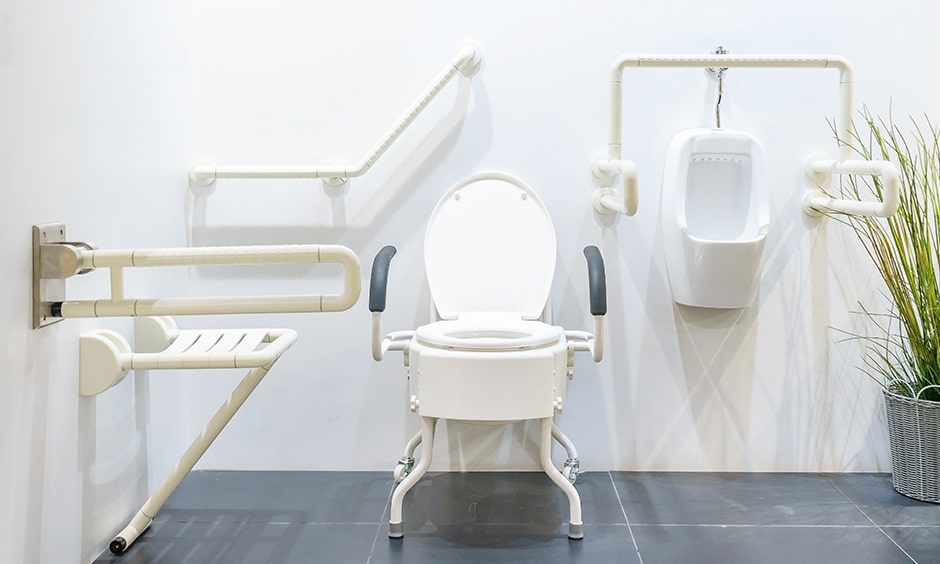Creating a safe home environment is essential for everyone’s well-being, especially for those with limited mobility or specific needs. Implementing adaptive equipment for home safety can make a significant difference. This guide explores various solutions to ensure your home is secure and accessible.

Understanding Adaptive Equipment
Adaptive equipment refers to tools and devices designed to assist individuals in performing daily activities safely and independently. These tools are vital for enhancing accessibility and reducing the risk of accidents at home.
Types of Adaptive Equipment
Various types of adaptive equipment are available, including grab bars, ramps, stairlifts, and more. Each serves a specific purpose and can be tailored to meet the needs of different individuals.
Importance of Home Safety
Ensuring home safety is crucial for preventing accidents and injuries. Falls are a leading cause of injury, especially among the elderly. Adaptive equipment can help minimize these risks and provide peace of mind.
Reducing Fall Risks
Installing grab bars in bathrooms and using non-slip mats are effective ways to reduce fall risks. These simple additions can significantly enhance home safety.
Choosing the Right Equipment
Selecting the appropriate adaptive equipment requires careful consideration of individual needs and home layout. It’s essential to evaluate which areas of the home require modifications.
Consulting Professionals
Consulting with professionals who specialize in home safety can provide valuable insights and recommendations. They can assess your home and suggest suitable adaptive equipment.
Installation and Maintenance
Proper installation and regular maintenance of adaptive equipment are critical for ensuring effectiveness and longevity. Hiring experienced installers can make the process smoother.
Ensuring Proper Installation
It’s vital to follow manufacturer instructions and guidelines during installation. Incorrect installation can compromise home safety.
Cost Considerations
While the initial cost of adaptive equipment might seem high, it’s a worthwhile investment for enhancing home safety. Many options are available to suit different budgets.
Exploring Financial Assistance
Various programs and organizations offer financial assistance for purchasing and installing adaptive equipment. Researching these options can help alleviate the financial burden.
Benefits of Adaptive Equipment
Using adaptive equipment brings numerous benefits, including increased independence, improved mobility, and enhanced quality of life. It promotes a sense of security and confidence.
Enhancing Quality of Life
By reducing barriers and promoting independence, adaptive equipment significantly enhances the quality of life for individuals with mobility challenges.
Common Myths and Misconceptions
There are several myths and misconceptions surrounding adaptive equipment. It’s essential to address these to make informed decisions about home safety enhancements.
Debunking Myths
Contrary to common belief, adaptive equipment is not only for the elderly. People of all ages and abilities can benefit from these tools.
Future Trends in Adaptive Equipment
The field of adaptive equipment is continually evolving, with advancements in technology leading to more innovative solutions. Staying informed about these trends can help you make the best choices for your home.
Technological Innovations
From smart home devices to automated systems, technology is transforming the landscape of adaptive equipment, making homes safer and more accessible.
Conclusion
Investing in adaptive equipment for home safety is a proactive step towards creating a secure and accessible living environment. By understanding your needs and exploring available options, you can enhance home safety and improve your quality of life.

FAQs
1. What is adaptive equipment?
Adaptive equipment includes tools and devices designed to assist individuals in performing daily activities safely and independently.
2. How can I ensure proper installation of adaptive equipment?
It’s crucial to follow manufacturer instructions and hire experienced professionals for installation to ensure proper functioning and safety.
3. Are there financial assistance programs for purchasing adaptive equipment?
Yes, various programs and organizations offer financial assistance to help cover the cost of adaptive equipment and installation.
This article contains affiliate links. We may earn a commission at no extra cost to you.

